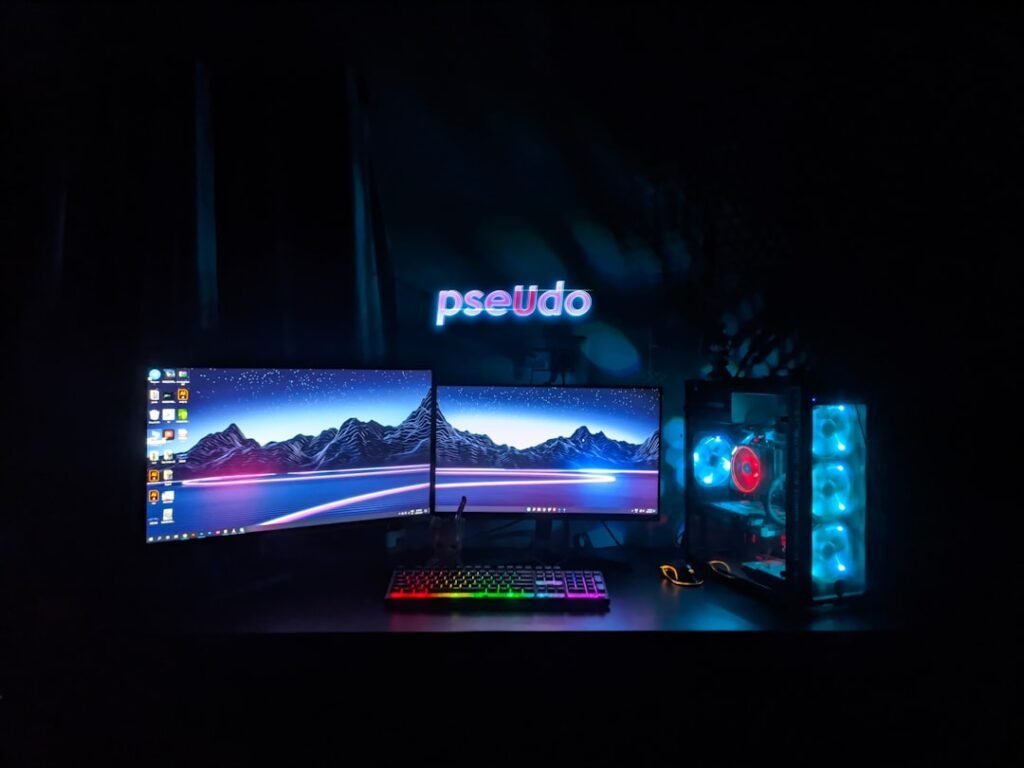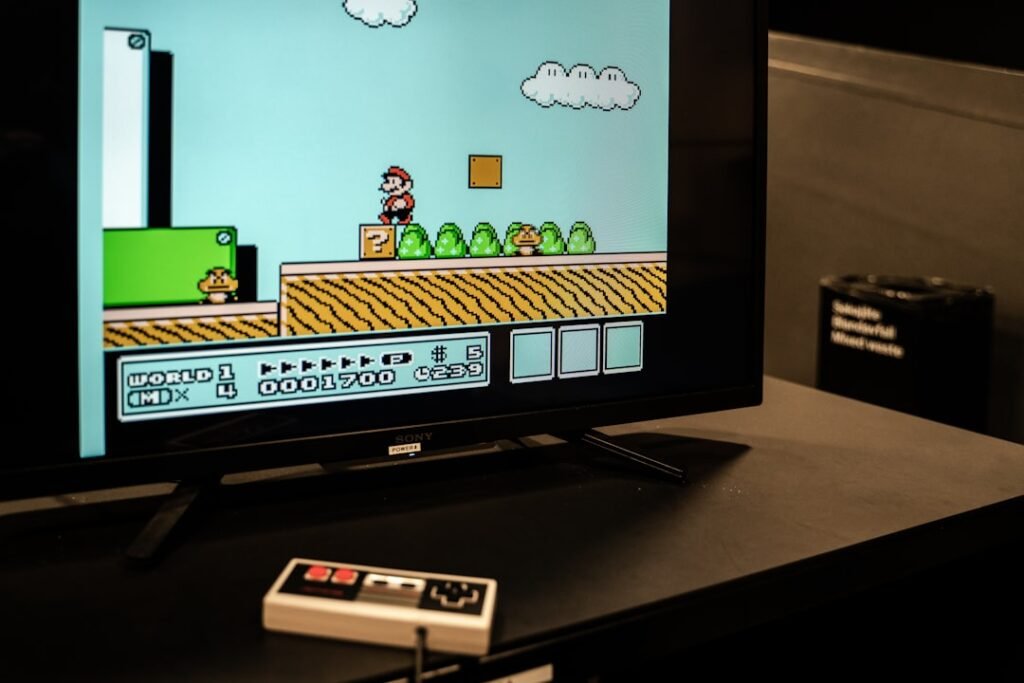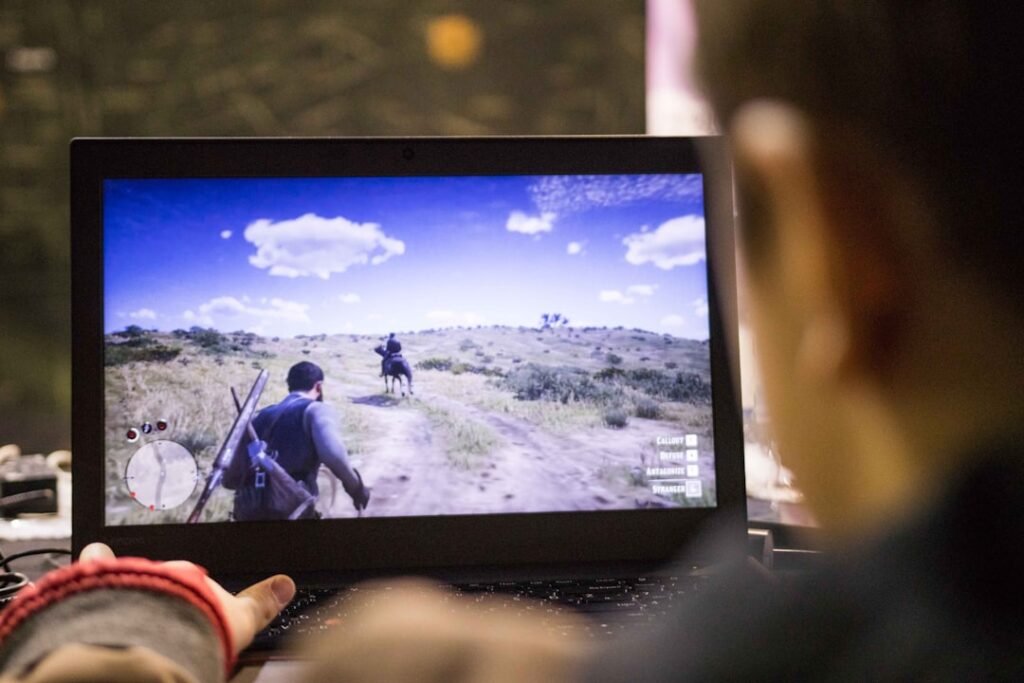Now Reading: Creating a Co-op Friendly Game Night Setup
-
01
Creating a Co-op Friendly Game Night Setup
Creating a Co-op Friendly Game Night Setup
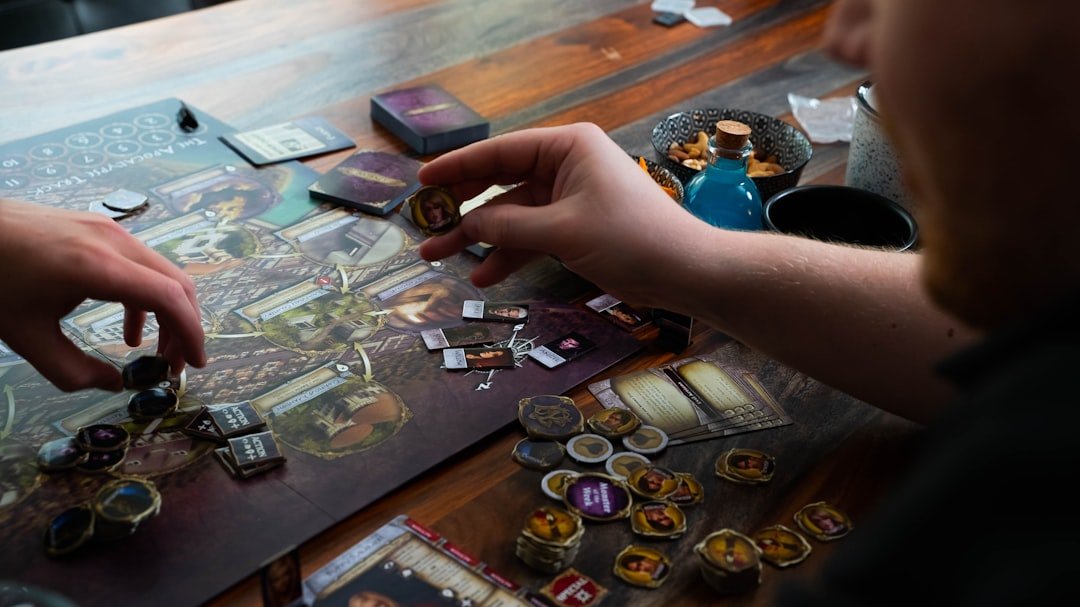
When it comes to selecting games for a gathering, I find that the choices I make can significantly influence the overall experience. I often consider the preferences and skill levels of the participants, as well as the type of atmosphere I want to create. For instance, if I know that my friends enjoy strategy games, I might lean towards titles like “Catan” or “Ticket to Ride.” On the other hand, if the group is more inclined towards casual fun, I might opt for party games like “Codenames” or “Dixit.” The key is to strike a balance between challenging and accessible games that can engage everyone.
Moreover, I also take into account the number of players and the time available for each game. Some games can stretch on for hours, while others are quick and easy to learn. I often compile a list of potential games and share it with my friends ahead of time, allowing them to weigh in on their preferences.
This collaborative approach not only helps in choosing the right games but also builds excitement and anticipation for our game night.
Key Takeaways
- Choose games that are inclusive and diverse to cater to a wide range of interests and preferences.
- Create a comfortable and welcoming space for gaming by considering factors like seating, lighting, and temperature.
- Establish clear communication and guidelines to ensure everyone understands the rules and expectations for behavior during gaming sessions.
- Organize a rotation schedule for game selection to give everyone a chance to play their favorite games.
- Provide snacks and refreshments to keep energy levels up and create a more enjoyable gaming experience.
Setting Up a Comfortable and Welcoming Space
Creating a comfortable and inviting environment is essential for a successful game night. I usually start by arranging seating in a way that encourages interaction and engagement among players. I prefer a circular or semi-circular setup, which fosters a sense of community and makes it easier for everyone to see and hear each other.
Additionally, I pay attention to lighting; soft, warm lights can create a cozy atmosphere, while bright lights might be more suitable for competitive play. I also like to personalize the space with decorations that reflect the theme of the games we’ll be playing. Whether it’s a few board game posters on the wall or themed tablecloths, these small touches can enhance the overall experience.
Furthermore, I ensure that there’s enough space for everyone to spread out their game components comfortably. A clutter-free environment allows players to focus on the game rather than being distracted by their surroundings.
Establishing Clear Communication and Guidelines
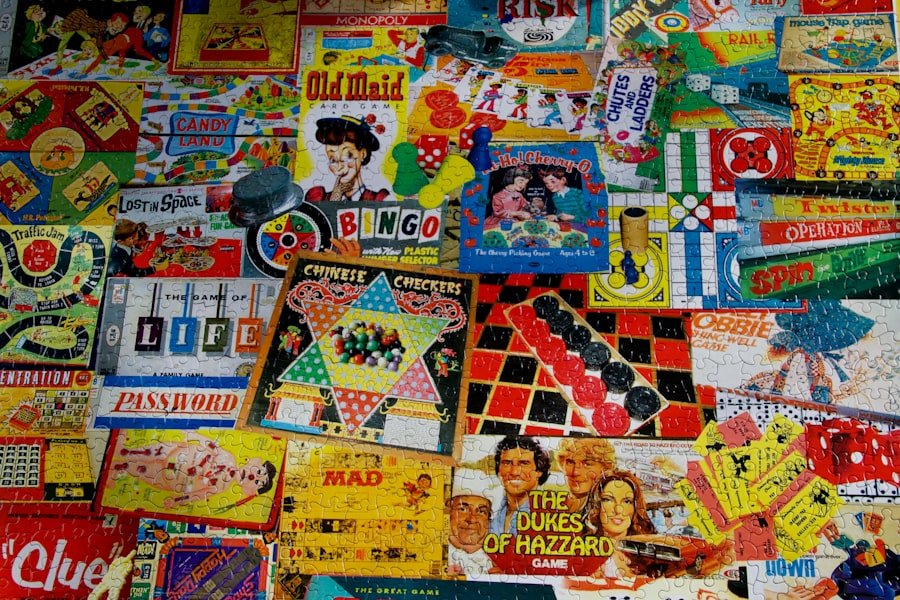
Effective communication is crucial when hosting a game night. Before we dive into gameplay, I make it a point to establish clear guidelines regarding rules and expectations. This includes explaining how long we plan to play, how we will handle disputes, and what to do if someone feels overwhelmed or needs a break.
By setting these parameters upfront, I create an atmosphere of respect and understanding among all participants. I also encourage open dialogue during gameplay. If someone has questions about the rules or feels confused about a particular aspect of the game, I want them to feel comfortable voicing their concerns.
This not only helps in maintaining a smooth flow of play but also fosters a sense of camaraderie among players. By prioritizing communication, I ensure that everyone feels included and valued throughout the gaming experience.
Organizing a Rotation Schedule for Game Selection
To keep things fresh and exciting during our game nights, I often implement a rotation schedule for game selection. This approach allows everyone to have a say in what we play while also ensuring that no single game dominates our time together. I typically create a simple chart that lists all the games we have available and assigns each player a turn to choose what we’ll play next.
This system not only promotes fairness but also encourages players to explore new games they might not have considered otherwise. I find that when people are given the opportunity to select games, they are more invested in the experience. It also sparks discussions about different gaming styles and preferences, which can lead to discovering hidden gems within our collection.
Providing Snacks and Refreshments
No game night is complete without snacks and refreshments! I believe that food plays an integral role in creating a relaxed atmosphere where everyone can unwind and enjoy themselves. I usually prepare a variety of snacks that cater to different dietary preferences, including both savory and sweet options.
Finger foods like chips, popcorn, and veggie platters are always crowd-pleasers, while sweet treats like cookies or brownies add a delightful touch. I also make sure to have drinks available, whether it’s soda, water, or even themed cocktails for adult gatherings. Having refreshments on hand not only keeps energy levels up but also provides opportunities for breaks between games.
Creating a System for Collecting and Sharing Game Supplies

One challenge I often face is keeping track of game components and supplies during our gatherings. To address this issue, I’ve developed a simple system for collecting and sharing game supplies. Before we start playing, I designate a central area where all game boxes, cards, and pieces can be placed.
This helps prevent any mix-ups or losses during gameplay. Additionally, I encourage everyone to take responsibility for their assigned games by ensuring that all components are returned to their respective boxes after use. This not only keeps our gaming area organized but also teaches accountability among players.
By fostering this sense of responsibility, I find that everyone is more mindful of taking care of our shared resources.
Encouraging Inclusivity and Diversity in Game Selection
Inclusivity is an essential aspect of any game night I host. I strive to ensure that everyone feels represented in our game selection by incorporating diverse themes and mechanics. This means considering games that feature various cultures, perspectives, and experiences.
By doing so, I create an environment where all players can see themselves reflected in the games we play. I also make an effort to include games that cater to different skill levels and play styles. For instance, while some players may enjoy competitive strategy games, others might prefer cooperative or storytelling-based experiences.
By offering a range of options, I ensure that everyone has the opportunity to engage with the games in a way that feels comfortable and enjoyable for them.
Incorporating Cooperative Gameplay Elements
One way I enhance the gaming experience is by incorporating cooperative gameplay elements into our sessions. Cooperative games require players to work together towards a common goal rather than competing against one another. This fosters teamwork and collaboration, which can be especially beneficial for building relationships among friends.
Games like “Pandemic” or “Forbidden Island” are excellent choices for promoting cooperation. In these games, players must strategize together to overcome challenges and achieve victory as a team. I find that this collaborative approach not only strengthens bonds among participants but also creates memorable moments filled with laughter and shared triumphs.
Facilitating Open Discussions and Feedback
After each game night, I make it a point to facilitate open discussions about our experiences. This feedback session allows everyone to share their thoughts on what worked well and what could be improved for future gatherings. By encouraging honest communication, I create an environment where everyone feels comfortable expressing their opinions.
I often ask specific questions about the games we played: Did everyone enjoy them? Were there any rules that were confusing? What types of games would people like to try next time?
This feedback is invaluable as it helps me tailor future game nights to better suit the preferences of my friends while also ensuring that everyone feels heard and valued.
Implementing a Fair and Inclusive Decision-Making Process
To ensure fairness in decision-making during our game nights, I’ve established a simple voting system for selecting games or resolving disputes. When it comes time to choose what we’ll play next or address any disagreements that arise during gameplay, I encourage everyone to voice their opinions before we take a vote.
By involving everyone in the decision-making process, I create an inclusive atmosphere where all voices are heard and respected. It’s important to me that every player feels they have an equal say in shaping our time together.
Promoting a Positive and Supportive Atmosphere
Ultimately, my goal is to promote a positive and supportive atmosphere during our game nights. I believe that gaming should be an enjoyable experience where friendships are strengthened and laughter abounds. To achieve this, I make an effort to celebrate each player’s contributions and achievements throughout the night.
Whether it’s acknowledging clever strategies or simply appreciating someone’s enthusiasm for a particular game, I strive to create an environment where everyone feels valued. By fostering positivity and support among players, I ensure that our game nights are not just about winning or losing but about building connections and creating lasting memories together. In conclusion, hosting a successful game night involves careful planning and consideration of various factors—from choosing the right games to creating an inclusive atmosphere where everyone feels welcome.
By focusing on communication, collaboration, and positivity, I can create memorable experiences that bring friends together through the joy of gaming.
If you’re looking to enhance your co-op game night setup, you may also be interested in exploring the impact of video games on mental health. This article from Gamers.co delves into the various ways in which video games can affect our mental well-being, from reducing stress and anxiety to improving cognitive function. Understanding these effects can help you create a game night environment that promotes both fun and mental wellness for all players involved.
FAQs
What is a co-op friendly game night setup?
A co-op friendly game night setup is a gaming environment that is conducive to cooperative gameplay, where players work together towards a common goal rather than competing against each other.
What are some essential elements of a co-op friendly game night setup?
Essential elements of a co-op friendly game night setup include comfortable seating, a large enough gaming table, good lighting, and a variety of cooperative board games or video games.
How can I create a co-op friendly game night setup at home?
To create a co-op friendly game night setup at home, designate a specific area for gaming, invest in comfortable seating and a suitable gaming table, and curate a collection of cooperative games that appeal to your group.
What are some popular cooperative board games for game night?
Popular cooperative board games for game night include Pandemic, Forbidden Island, Ghost Stories, and Flash Point: Fire Rescue.
What are some popular cooperative video games for game night?
Popular cooperative video games for game night include Overcooked, Lovers in a Dangerous Spacetime, Portal 2, and Keep Talking and Nobody Explodes.












